Heat Pump Repair Guide
 Having your heat pump stop working in the cold of winter is no fun at all. You are scrambling to get it fixed, and in the meantime your home is probably pretty cold! Luckily for you, if you are reading this and live around the Chilhowie, VA area, you’ve come to the right place. Complete Comfort specializes in heat pump repairs, and have seen quite a few broken down systems in our time.
Having your heat pump stop working in the cold of winter is no fun at all. You are scrambling to get it fixed, and in the meantime your home is probably pretty cold! Luckily for you, if you are reading this and live around the Chilhowie, VA area, you’ve come to the right place. Complete Comfort specializes in heat pump repairs, and have seen quite a few broken down systems in our time.
Heat pumps are built to last 10+ years, however, even the sturdiest of heat pumps can encounter issues. We’ve repaired heat pumps, replaced them, and installed them. When we fix a heat pump, we let you know exactly what the problem is, and the steps we are going to take to resolve it. We’ll also let you know if it’s time to start thinking about a replacement.
This heat pump repair guide aims to address common heat pump problems, offering insights into effective solutions and the best steps you can take to prevent any heat pump problems from arising!
If you need to speak to someone right away about a heat pump repair, give us a call at (276) 690-9222, or click here to contact us online.
Most Common Heat Pump Problems
Just like any machine, even if you are running it properly and have it serviced, problems can arise. This guide is going to help you identify those problems, and let you know the next steps you should take to have them resolved.
Heat Pump Is Blowing Cool Air In Heating Mode
One of the most frequent complaints is a heat pump blowing cool air in heating mode. This can be due to a low refrigerant charge, malfunctioning reversing valve, or a problem with the thermostat settings.
We recommend that you call in a professional if this is happening. They should be able to assess the problem, and let you know how to fix it.
Heat Pump Is Running Continuously
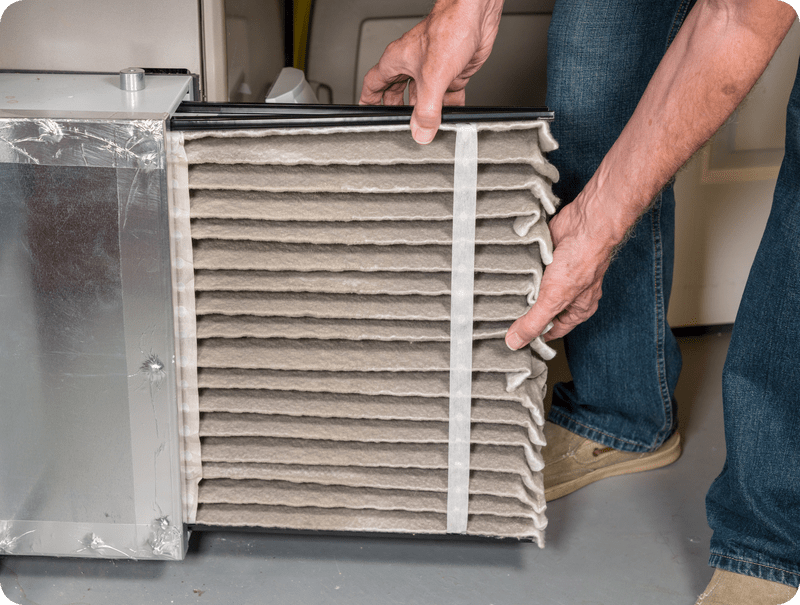 If your heat pump is running continuously, it might be struggling to reach the set temperature. This is something we see in older models, and ones that haven’t been serviced in a while.
If your heat pump is running continuously, it might be struggling to reach the set temperature. This is something we see in older models, and ones that haven’t been serviced in a while.
Some causes for this could be extreme outside temperatures. If it’s very cold or hot, your system may just have to run all day. Another problem could be a mismatch between the heat pump’s size and the space it’s heating. This is a bigger problem, because you may just have the wrong sized heat pump for your space.
Another issue could be a clogged air filter restricting the air flow. This is a simple fix, and inexpensive as well. If the air filter is the issue, there’s no need to call in a pro. Just replace the dirty filter with a clean one.
If the problem persists and your system is being overworked, call in a professional. You don’t want to waste energy, or run your system into the ground.
Heat Pump Condenser Is Frozen
A frozen condenser is a common winter problem. It may be caused by insufficient airflow (check that air filter and make sure the vents are clear), low refrigerant levels, or a malfunctioning defrost cycle.
If your system is frozen, call in a professional. They will likely ask you to turn off the system and defrost it. Then they’ll want to take a look and get to the bottom of what was causing it to freeze.
Heat Pump Is Leaking
Leaks are usually indicative of a refrigerant issue or condensation drain problems.If your system is leaking, call in an HVAC technician right away. Not only is this a big problem for your heat pump, but it also can be an environmental risk, leaking chemicals onto your property.
Heat Pump Smells Funny
Unusual odors can signal a range of issues. A musty smell typically points to mold or mildew, whereas a burning smell could indicate an electrical problem.
We recommend scheduling regular service to avoid that. When you have your heat pump serviced regularly, a technician will look at the wiring, clean the components, and ensure that your system is ready to rock.
Heat Pump Isn’t Treating The Whole Home
If some rooms remain cold while others are warm, it might be due to ductwork issues, inadequate insulation, or an incorrectly sized heat pump system. You may also see the airflow become a problem if your filter is clogged.
The first thing we recommend is checking your air filter. If the problem persists, a thorough evaluation by a professional should be performed. They should be able to take a look at the whole system and see where the problem is stemming from.
What To Do If Your Heat Pump Isn’t Working
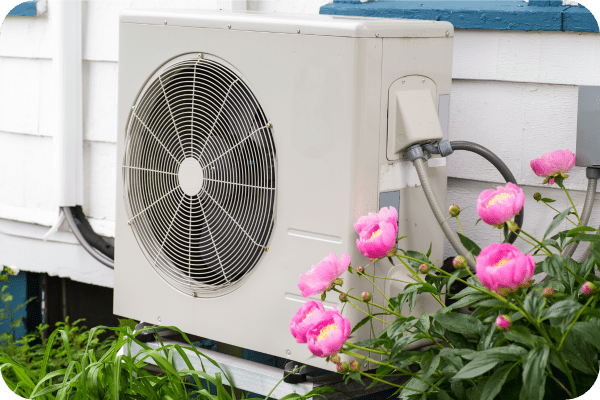 As we’ve mentioned, check the basics first. Take a look at your air filter and make sure it’s not clogged. Then make sure no vents are being blocked and air flow isn’t restricted. Next, check the thermostat settings and circuit breakers. If everything is looking good to you, it’s best to contact a professional. If you are located around the Chilhowie, VA area, Complete Comfort can help. We will diagnose and fix the issue safely and efficiently!
As we’ve mentioned, check the basics first. Take a look at your air filter and make sure it’s not clogged. Then make sure no vents are being blocked and air flow isn’t restricted. Next, check the thermostat settings and circuit breakers. If everything is looking good to you, it’s best to contact a professional. If you are located around the Chilhowie, VA area, Complete Comfort can help. We will diagnose and fix the issue safely and efficiently!
How To Avoid Heat Pump Problems
The best way to avoid heat pump problems is by scheduling regular service. We recommend service at least once a year to make sure the system is running smoothly and efficiently.
A professional will clean all the components in your heat pump, and make sure it’s all in good shape. They’ll be able to tell you if certain parts are worn out and in need of a replacement as well.
The things you can do on your own would be changing the air filter, and making sure that the space around your heat pump is clear. Your heat pump takes in air, and also disperses it, so having obstructions can cause operating issues with your system.
Heat Pump Experts In Chilhowie, VA
Complete Comfort are your experts when it comes to heat pump repair and maintenance services in Chilhowie, VA. We have been working with heat pumps for years, and know how awesome these systems are for your home or business. Give us a call at (276) 690-9222, or contact us online for a little help with your heat pump!


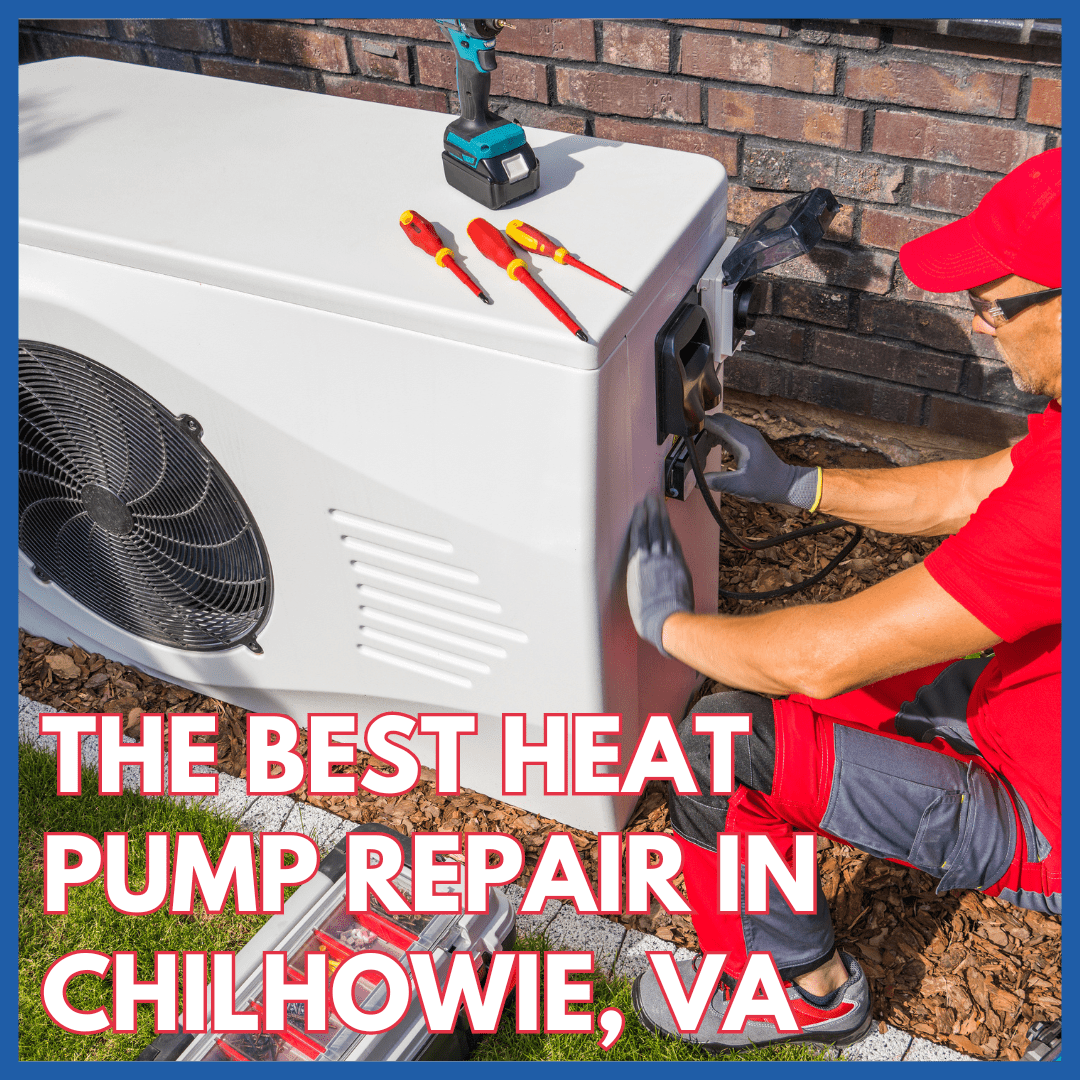

 It’s never fun when your heating system breaks down in the winter. It leaves your home cold, and you not knowing what it’s going to cost to get the heat back on. This is a time when homeowners are faced with a decision: Should I repair or replace my heating system?
It’s never fun when your heating system breaks down in the winter. It leaves your home cold, and you not knowing what it’s going to cost to get the heat back on. This is a time when homeowners are faced with a decision: Should I repair or replace my heating system?  There are some easy steps you can take to keep your heating system in good shape, and lengthen the lifespan of your system. Here are some tips:
There are some easy steps you can take to keep your heating system in good shape, and lengthen the lifespan of your system. Here are some tips:
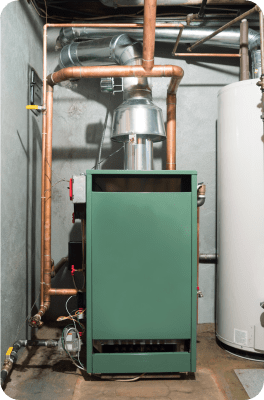 During the winter, you probably hear your furnace kicking on and off every now and then. This is normal, and not something that should concern you. But, how often should a furnace cycle off and on? If you hear it kicking off and on constantly, then that’s something you should have looked at.
During the winter, you probably hear your furnace kicking on and off every now and then. This is normal, and not something that should concern you. But, how often should a furnace cycle off and on? If you hear it kicking off and on constantly, then that’s something you should have looked at.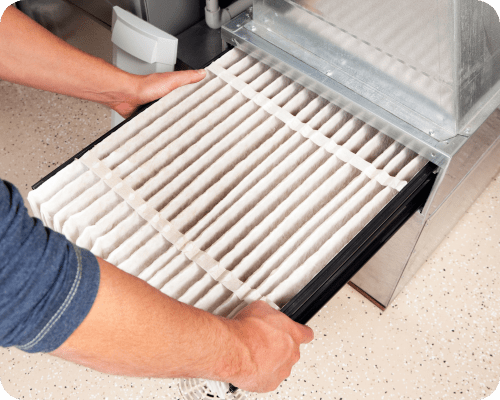 A blocked or dirty filter restricts airflow, causing the furnace to overheat and shut off prematurely. You should change your air filter regularly to prevent this issue, and also keep the air in your home cleaner and healthier.
A blocked or dirty filter restricts airflow, causing the furnace to overheat and shut off prematurely. You should change your air filter regularly to prevent this issue, and also keep the air in your home cleaner and healthier.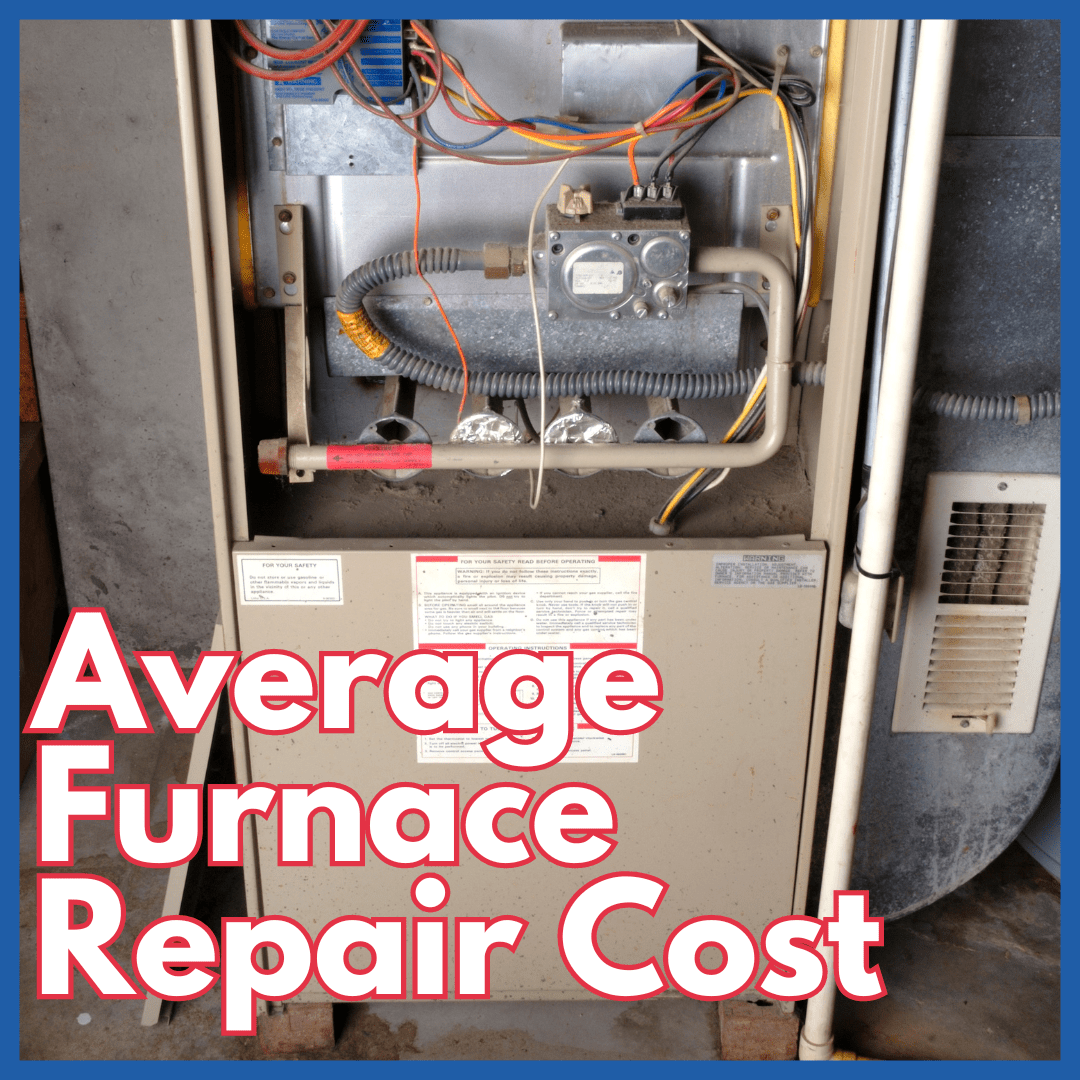
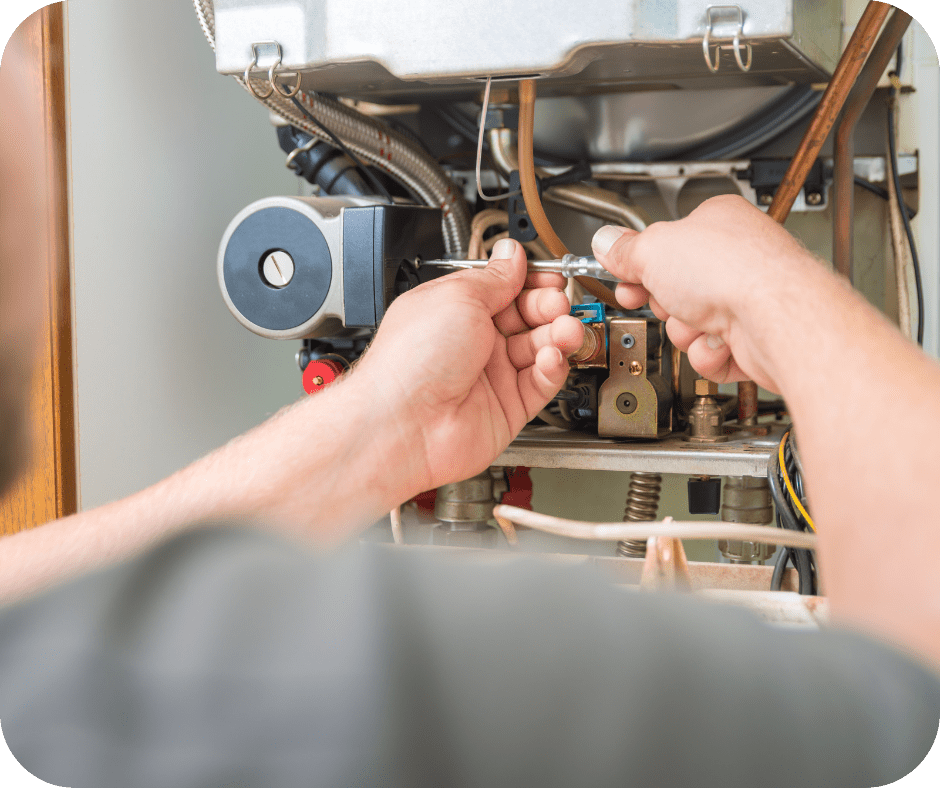 No one wants to deal with a broken down furnace, especially when it’s cold out and you know it’s just going to cost money. Still, knowing a little more about the average furnace repair cost near Chilhowie, VA, is a good way for homeowners to budget and prepare for maintenance or unexpected repairs. The average furnace repair cost is between $100 – $700 on the low end, and $1500 – $2500 on the higher end.
No one wants to deal with a broken down furnace, especially when it’s cold out and you know it’s just going to cost money. Still, knowing a little more about the average furnace repair cost near Chilhowie, VA, is a good way for homeowners to budget and prepare for maintenance or unexpected repairs. The average furnace repair cost is between $100 – $700 on the low end, and $1500 – $2500 on the higher end. 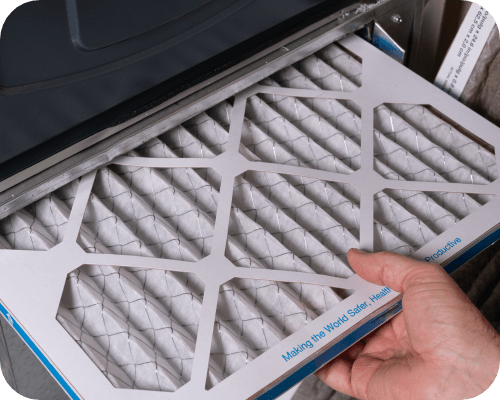 Regularly changing the furnace filter is a simple yet effective way to extend the life of your furnace and avoid costly repairs. This is something you can do yourself, and you should do it once every few months. The cost of a filter is usually around $20-$50.
Regularly changing the furnace filter is a simple yet effective way to extend the life of your furnace and avoid costly repairs. This is something you can do yourself, and you should do it once every few months. The cost of a filter is usually around $20-$50. 
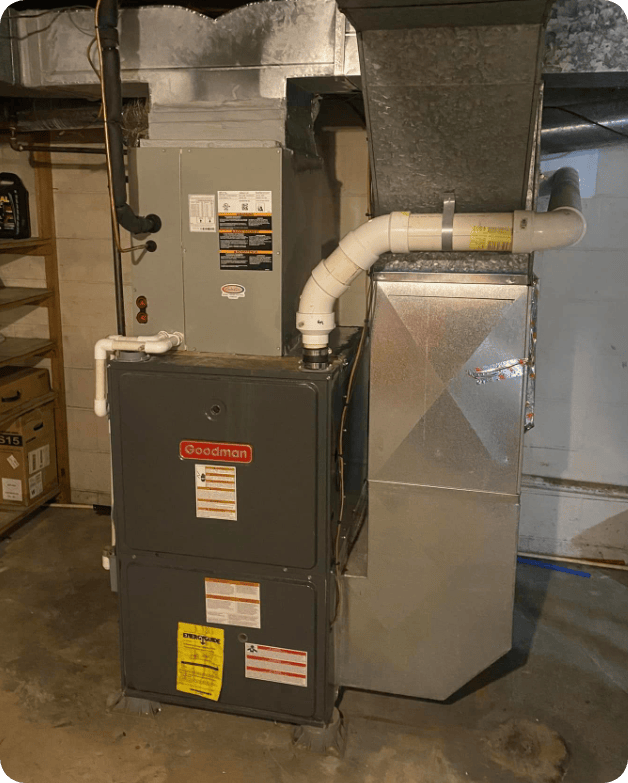 It’s about that time of the year when the weather cools off, and it’s time to turn the furnace on to keep your home warm. If your furnace starts making peculiar noises, it could be a sign of a bigger problem. There’s also a chance it’s normal. Understanding these furnace noises and what they mean is crucial for maintaining your furnace, making sure it’s safe, and keeping your home warm.
It’s about that time of the year when the weather cools off, and it’s time to turn the furnace on to keep your home warm. If your furnace starts making peculiar noises, it could be a sign of a bigger problem. There’s also a chance it’s normal. Understanding these furnace noises and what they mean is crucial for maintaining your furnace, making sure it’s safe, and keeping your home warm. The sounds your furnace makes can be a good indicator of its condition. Not all of them are a bad sign, and depending on the sound, we will try and explain what it means.
The sounds your furnace makes can be a good indicator of its condition. Not all of them are a bad sign, and depending on the sound, we will try and explain what it means. 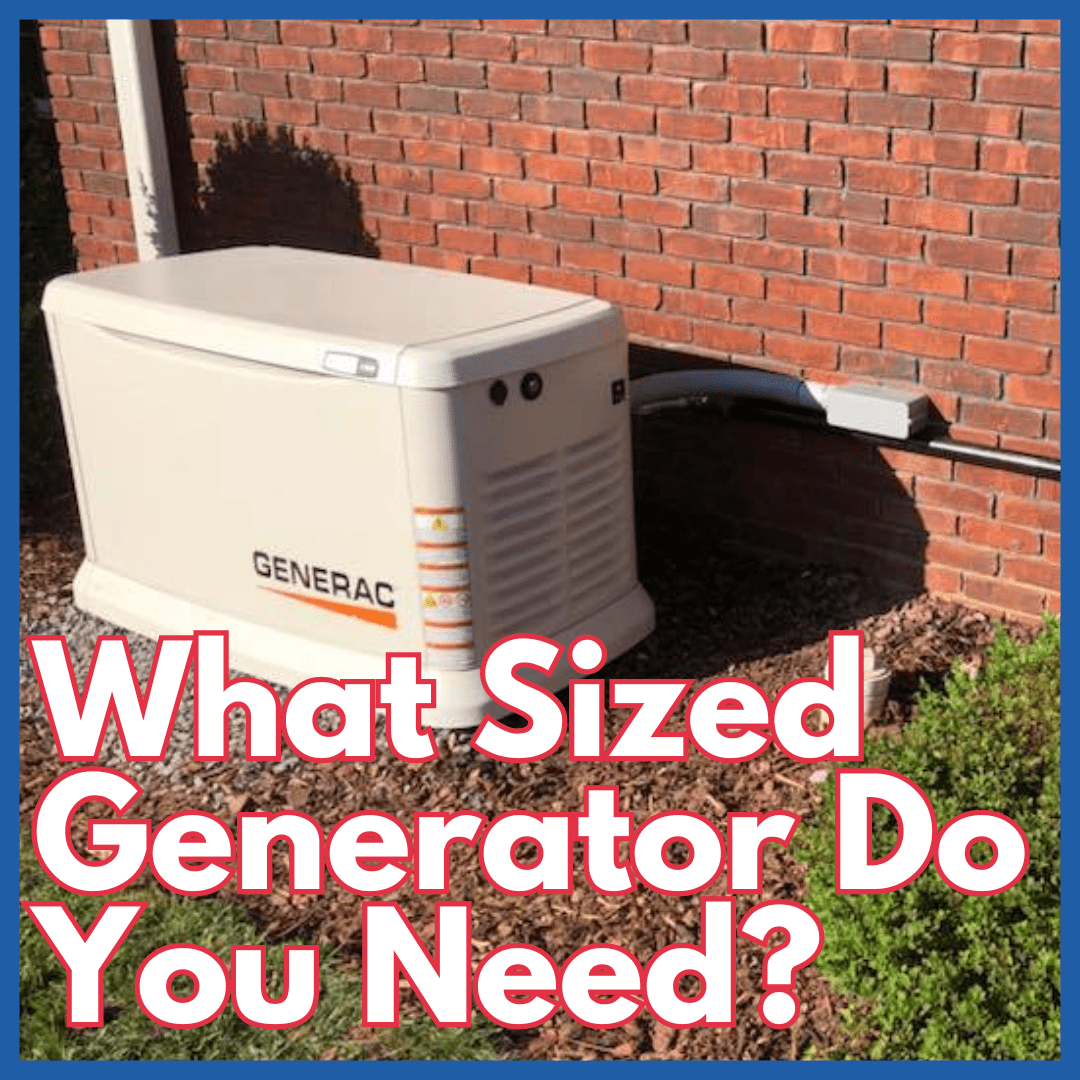
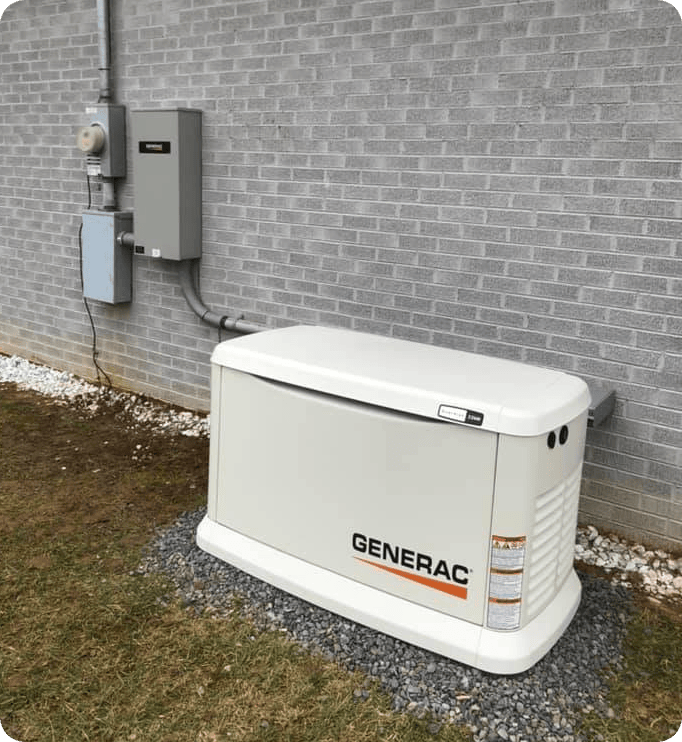 One of the most common questions homeowners ask when considering a backup power source is, “What size generator do I need to power my home?” The answer varies depending on individual needs, preferences, and the total wattage of devices you want to power.
One of the most common questions homeowners ask when considering a backup power source is, “What size generator do I need to power my home?” The answer varies depending on individual needs, preferences, and the total wattage of devices you want to power.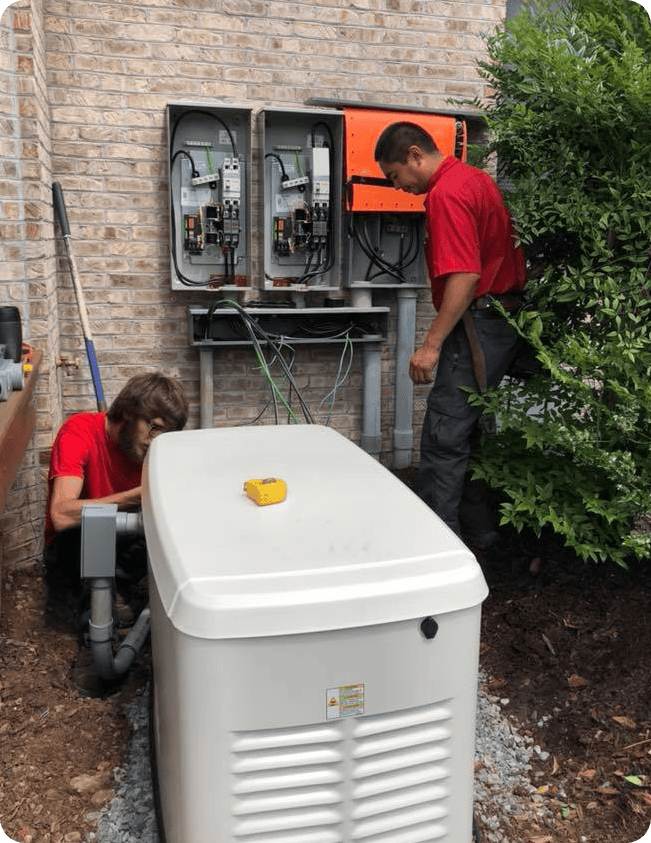 Making the Right Size Choice
Making the Right Size Choice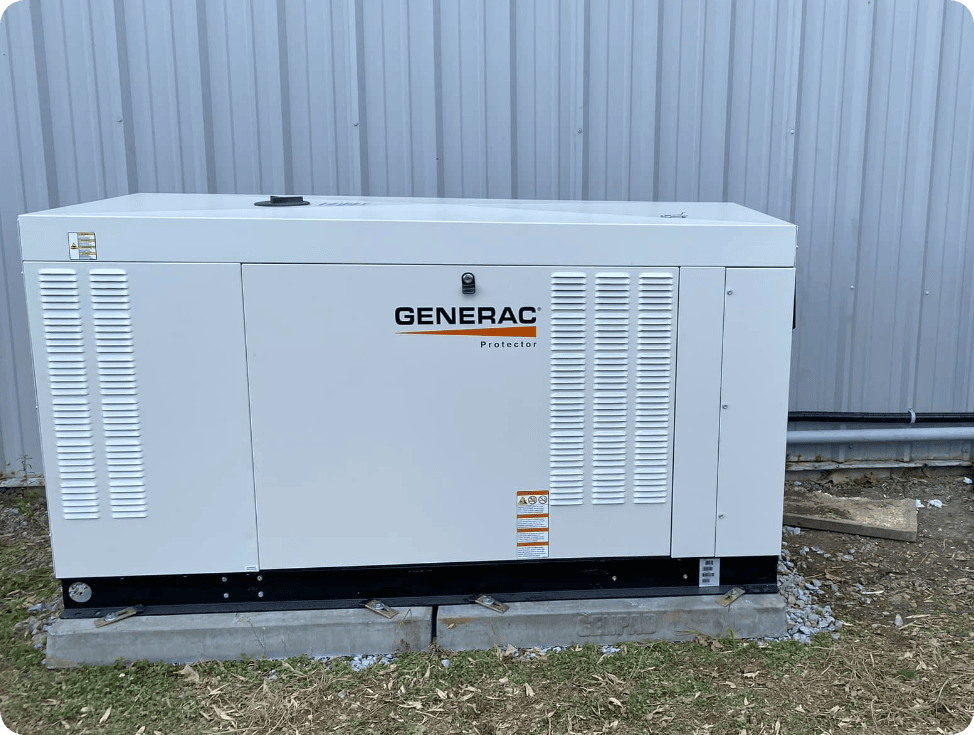
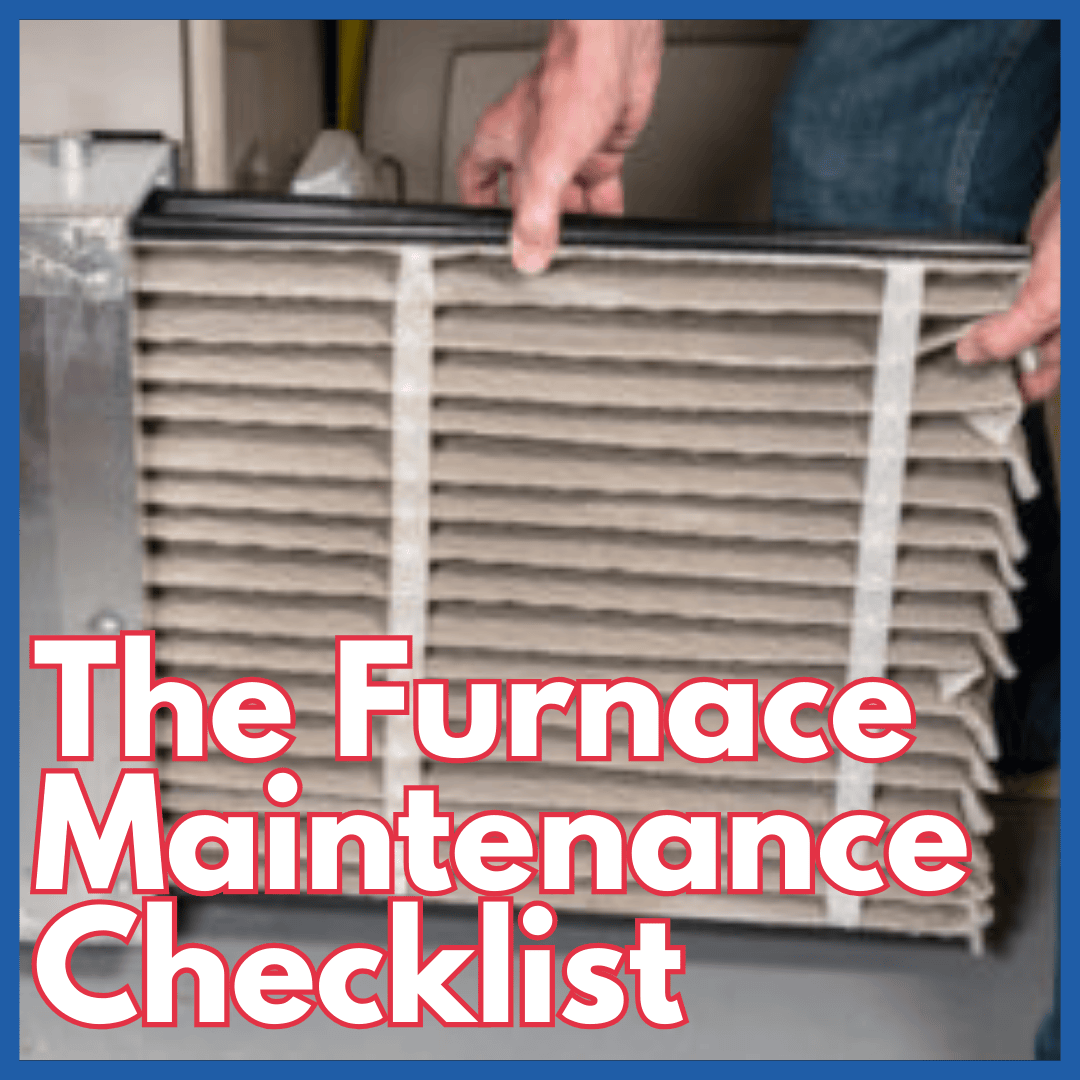
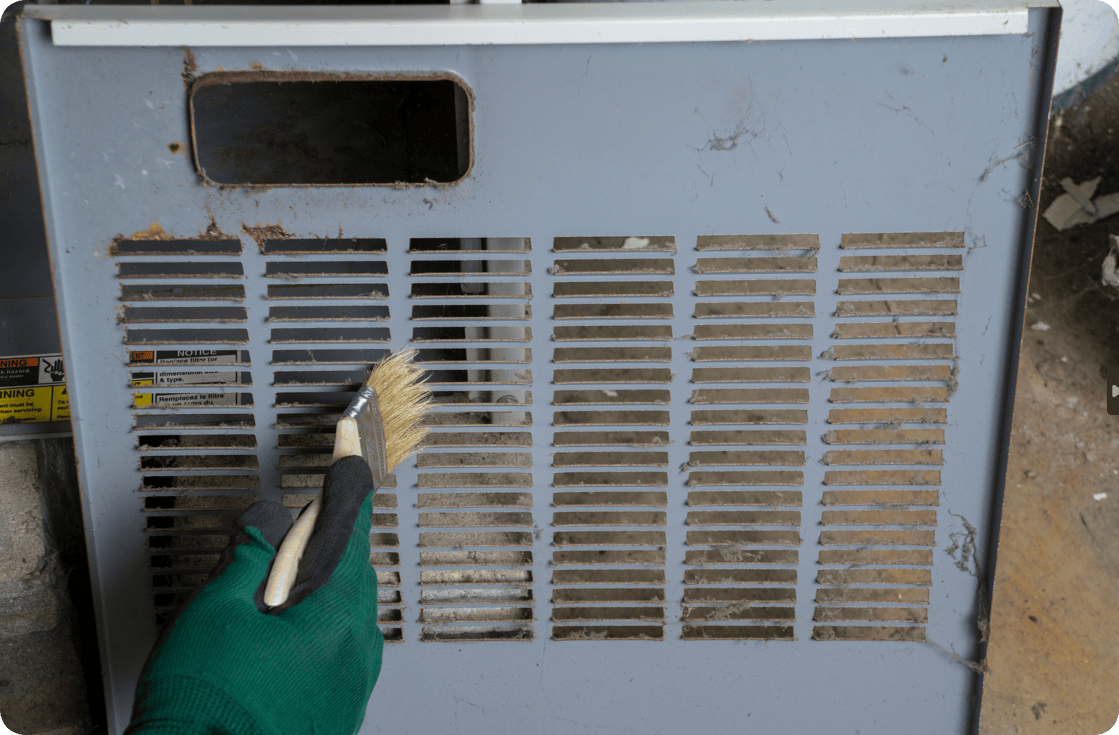 Furnace maintenance is the key to keeping your furnace running efficiently, and making sure it lasts for years. Regular furnace maintenance also makes sure that your system is running safely. We recommend a furnace service at least once a year, preferably before the heating season.
Furnace maintenance is the key to keeping your furnace running efficiently, and making sure it lasts for years. Regular furnace maintenance also makes sure that your system is running safely. We recommend a furnace service at least once a year, preferably before the heating season.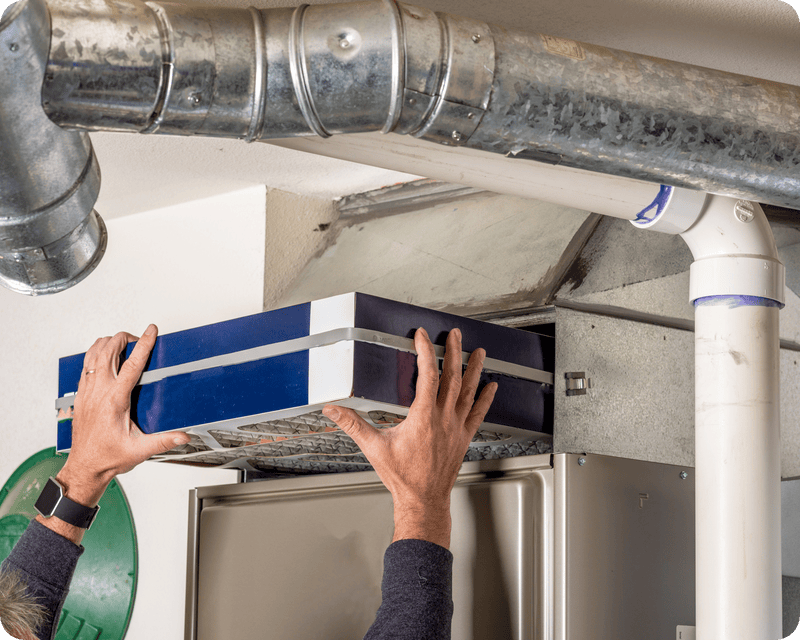 Your furnace is a complicated system, and if you aren’t familiar with them, you really should let the professionals handle the service. Your furnace uses combustible fuel sources, and it can be dangerous if you perform service incorrectly and it leads to a leak.
Your furnace is a complicated system, and if you aren’t familiar with them, you really should let the professionals handle the service. Your furnace uses combustible fuel sources, and it can be dangerous if you perform service incorrectly and it leads to a leak.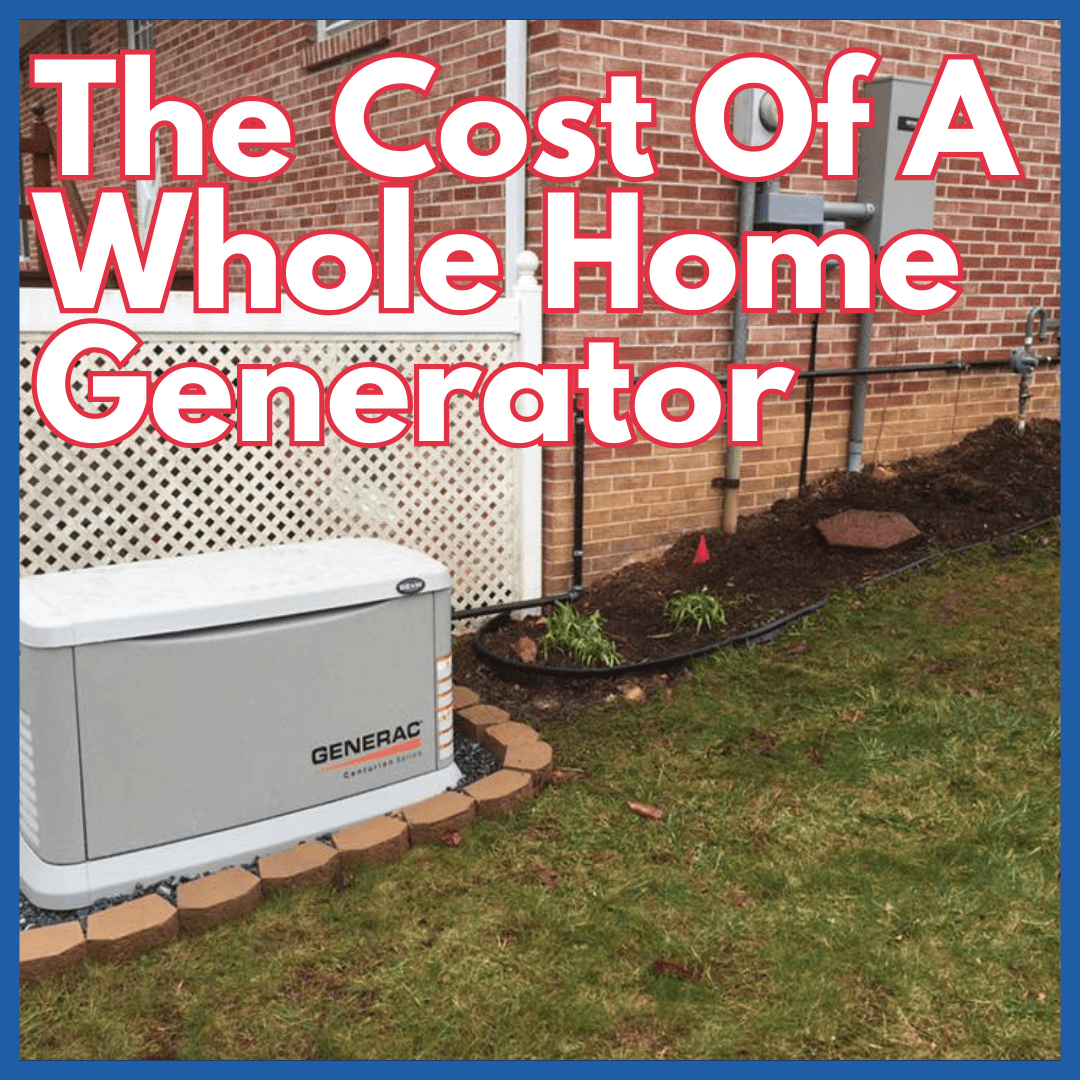
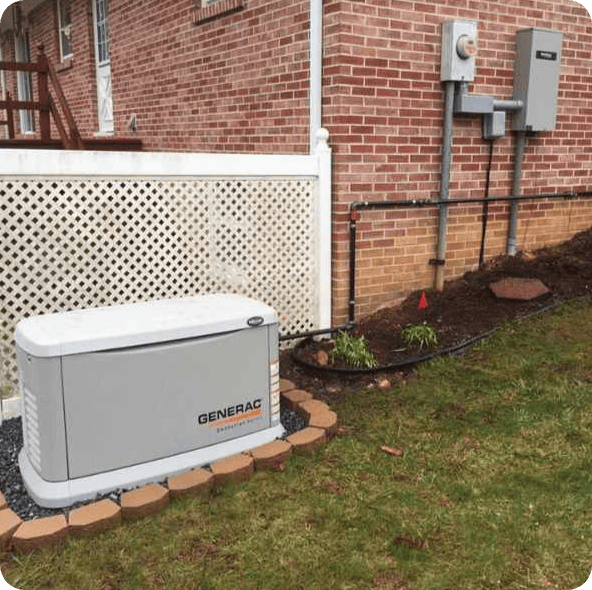 The cost of a whole-house generator near Chilhowie, Virginia can be anywhere between $8,000 and $25,000 depending on the size of your home and the number of appliances you want to run. Our average whole-home generator installation runs about $10K – $12K.
The cost of a whole-house generator near Chilhowie, Virginia can be anywhere between $8,000 and $25,000 depending on the size of your home and the number of appliances you want to run. Our average whole-home generator installation runs about $10K – $12K.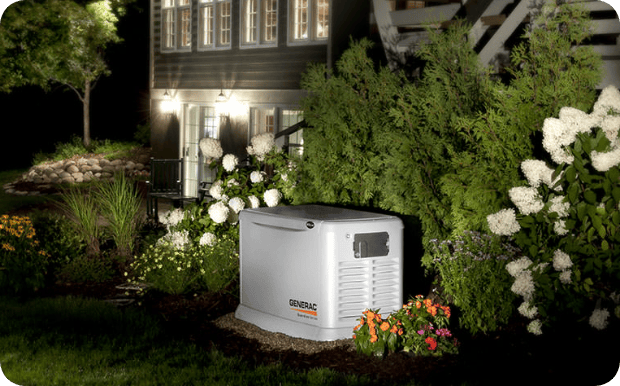 Generac whole home backup generators are housed in a sleek, modern enclosure that is anywhere from three to four feet in length, about three feet high, and about two feet deep.
Generac whole home backup generators are housed in a sleek, modern enclosure that is anywhere from three to four feet in length, about three feet high, and about two feet deep.  Do you want to keep everything in your house running, or are you only concerned about your refrigerator, air conditioning, heating system, sump pump, and cooking appliances?
Do you want to keep everything in your house running, or are you only concerned about your refrigerator, air conditioning, heating system, sump pump, and cooking appliances? Your existing electrical panel may or may not be sufficient to handle your new whole-house generator. Your electrical needs and potential upgrade requirements are determined by the size of your backup generator and the size of your existing electrical service panel.
Your existing electrical panel may or may not be sufficient to handle your new whole-house generator. Your electrical needs and potential upgrade requirements are determined by the size of your backup generator and the size of your existing electrical service panel.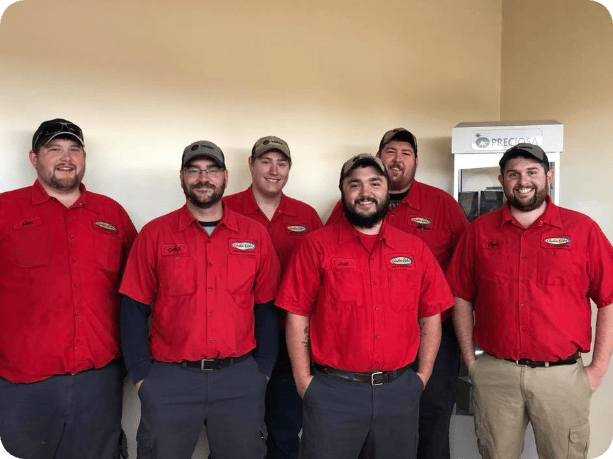



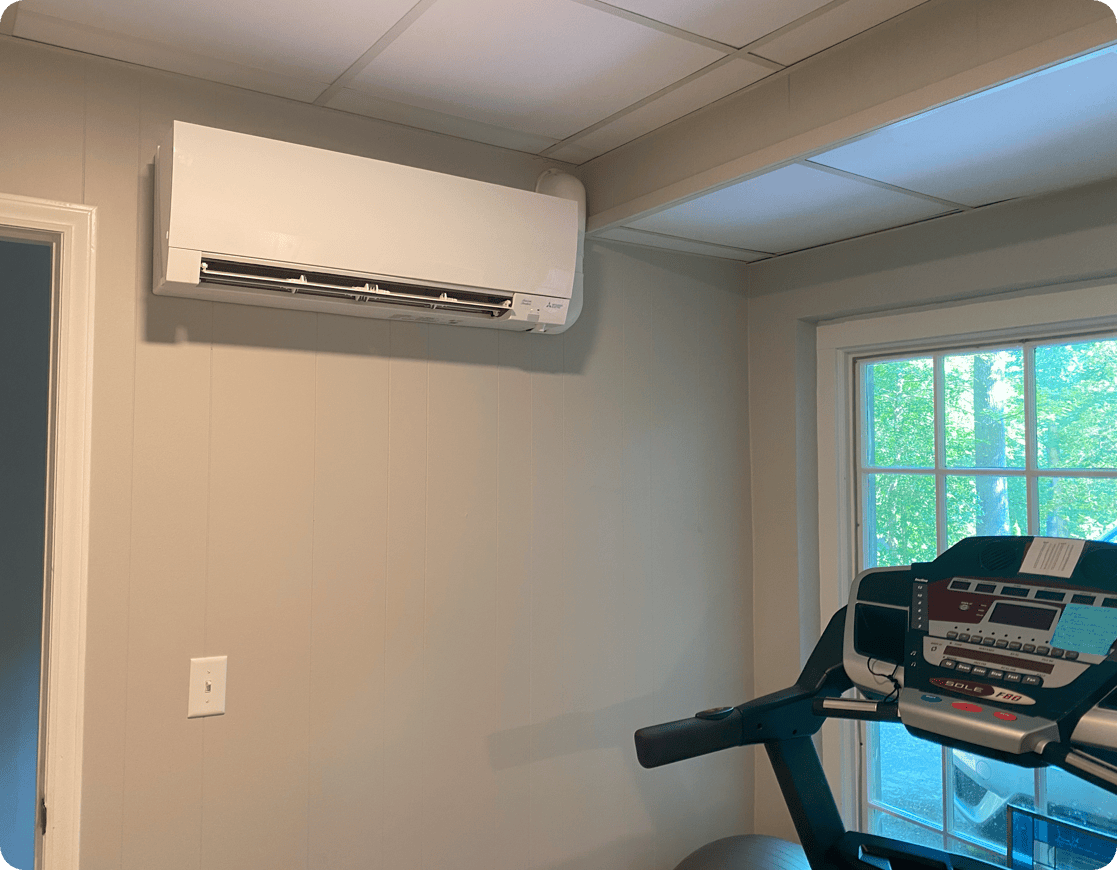 The cost to install a ductless mini split system, in Chilhowie, VA, can greatly vary. A mini split cost typically ranges from $4,000 to $16,500+.
The cost to install a ductless mini split system, in Chilhowie, VA, can greatly vary. A mini split cost typically ranges from $4,000 to $16,500+.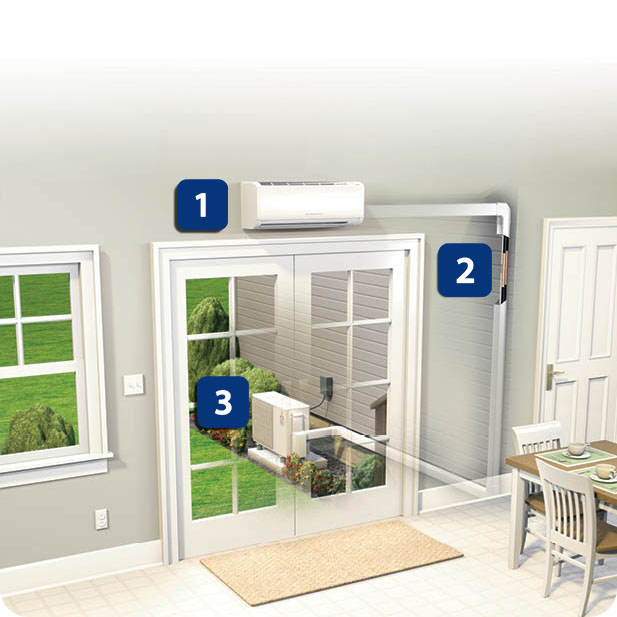 This unit disperses the heated or cooled air into the designated zones controlled by a thermostat. The conduits that carry the refrigerant lines, power cable, suction tubing, and condensate drain are hidden in some line set that runs along the wall, offering an aesthetically pleasing solution compared to traditional duct systems.
This unit disperses the heated or cooled air into the designated zones controlled by a thermostat. The conduits that carry the refrigerant lines, power cable, suction tubing, and condensate drain are hidden in some line set that runs along the wall, offering an aesthetically pleasing solution compared to traditional duct systems.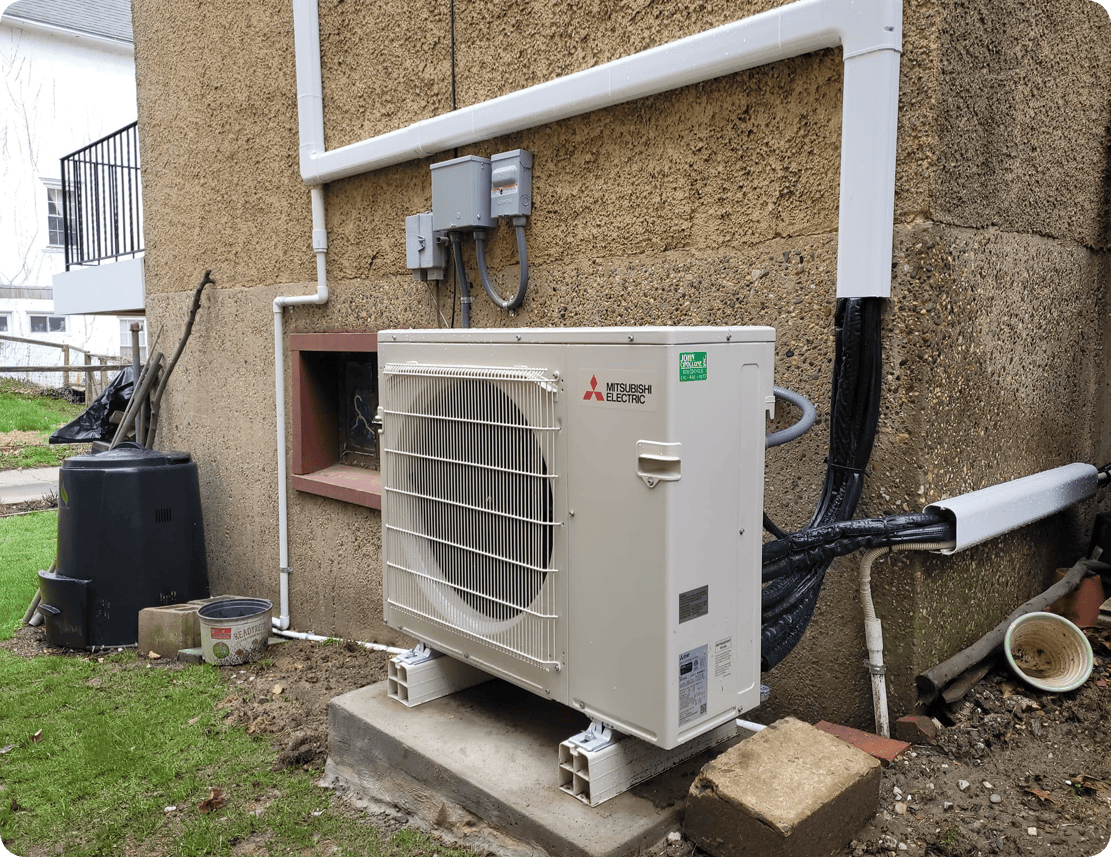 The heat pump, also known as the condenser unit, is the outdoor unit of the mini split system. It’s the system’s engine, controlling the refrigerant flow to the indoor units. This is the component that takes in the air from the outside, and extracts the heat. It also dispells hot air in the summer.
The heat pump, also known as the condenser unit, is the outdoor unit of the mini split system. It’s the system’s engine, controlling the refrigerant flow to the indoor units. This is the component that takes in the air from the outside, and extracts the heat. It also dispells hot air in the summer.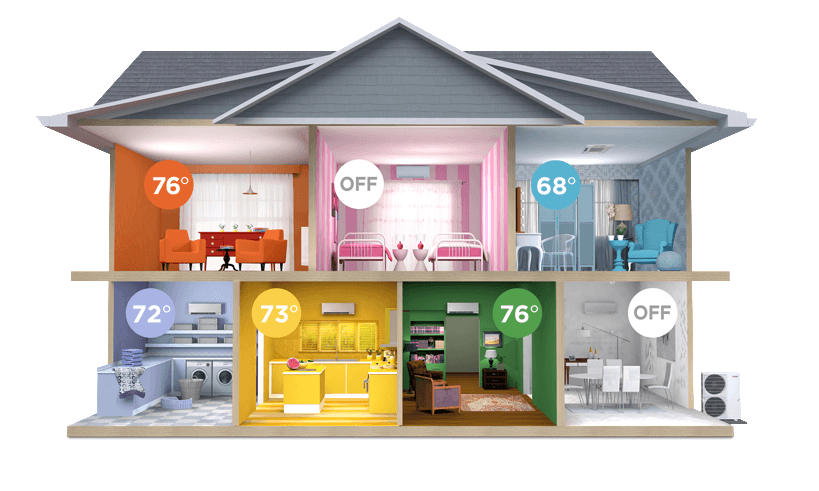
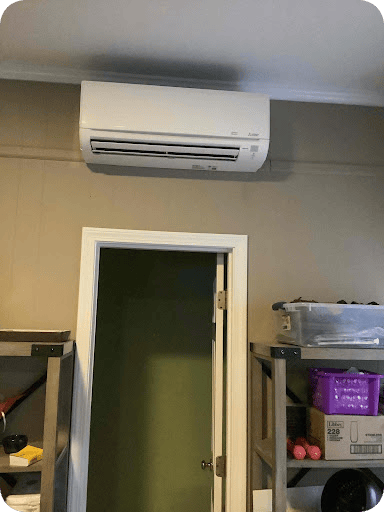 Before your mini split installation, be prepared to ask your HVAC company various questions. Topics should include costs, permits, warranties, and other relevant considerations.
Before your mini split installation, be prepared to ask your HVAC company various questions. Topics should include costs, permits, warranties, and other relevant considerations.